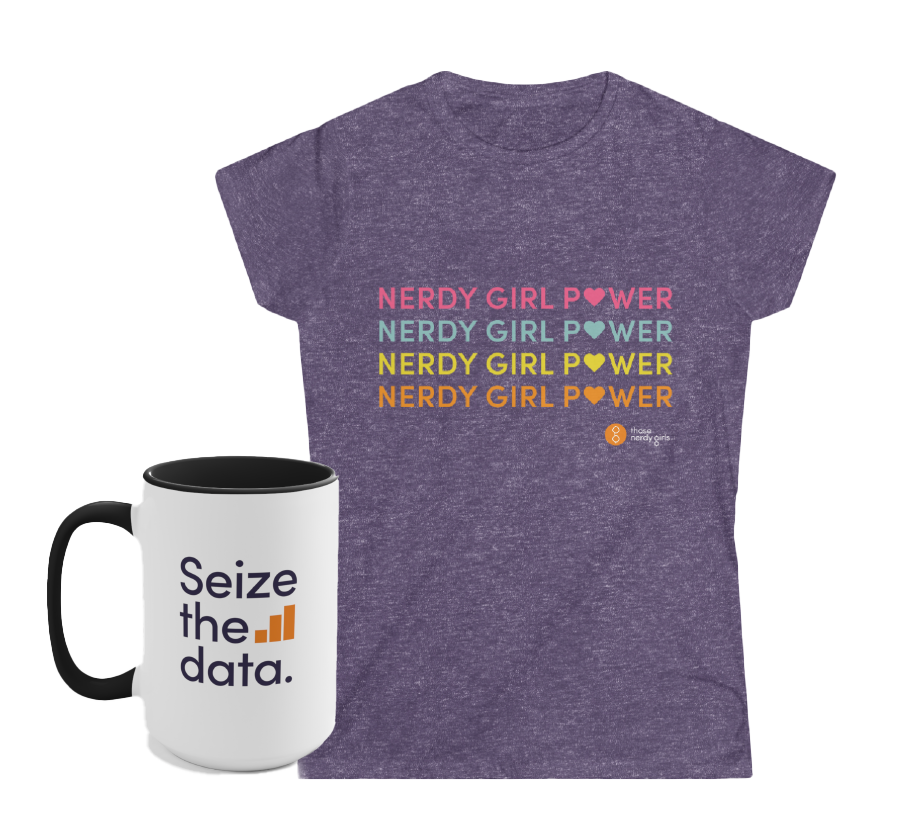Cycle Syncing is a methodology when you shift your exercise and eating habits based on your menstrual cycle. The science isn’t completely clear on whether there’s a benefit, but as long as the habits are healthy, there’s no harm in trying.
TL;DR: Try to aim for at least 2.5 hours a week of movement that gets your heart pumping. That’s about 20 minutes per day or 30 minutes five days per week. If using Cycle Syncing as a framework feels good for your body, go for it! All that matters is you’re doing activities that you enjoy and that feel good for you!
What phase of my menstrual cycle am I even in?
A menstrual cycle is, on average, 28 days (but don’t panic if you’re not 28 days on the dot, it can range from 21 to 35 days). It consists of four phases: the menstrual phase, the follicular phase, the ovulatory phase, and the luteal phase.
🔸 The menstrual phase starts on the first day of your period. The menstrual phase overlaps with the follicular phase, which also starts on the first day of your period but lasts a bit longer than the menstrual phase.
🔸 The follicular phase lasts until ovulation occurs (when ovaries release a mature egg). Your body produces a lot of hormones during this phase to get ready for the possibility of pregnancy. The main hormones here are called estrogen and progesterone, and they help the egg develop and thicken the lining of the uterus for the potential of implantation of the egg if it’s fertilized.
🔸 The ovulatory phase is next and lasts one or two days. This is the phase where you are most likely to become pregnant.
🔸 After ovulation comes the luteal phase.If pregnancy doesn’t occur, estrogen and progesterone levels start to drop to prepare your body for menstruation. Then the cycle starts all over again.
How do you cycle sync?
The theory of Cycle Syncing is that at different times in your menstrual cycle, you’ll feel differently because of your hormones so you could tailor your exercise based on hormone levels. For example, during the menstrual phase, when people often don’t feel great (let’s be honest, cramps are the worst!), your body may prefer more gentle movement, such as walking or stretching.
Then during the follicular phase, strength training and cardio are recommended since you’re usually feeling a bit better after your period. Ovulation usually happens next. When you’re blooming with estrogen (and testosterone!), you move on to high-intensity interval training. Finally, during the luteal phase (when PMS might be setting in), you focus on more gentle strength training again, for example, core workouts. Unfortunately, there isn’t particularly good data about whether exercise can help with things like cramps or PMS symptoms.
What does the science say?
There’s actually a clinical trial in Sweden that is currently looking at whether exercise based on menstrual cycle phases is beneficial. The trial won’t be finished until the end of 2025, so there will be some results in 2026.
In the meantime, there’s a bunch of other research about the menstrual cycle and exercise to take into account. The results are a little mixed: some studies show that the menstrual cycle impacts exercise performance and others don’t. One review suggests that because of estrogen’s impact on metabolic function (how your cells use up energy from your food), it could increase endurance and exercise performance during the luteal phase. However, other studies suggest no real changes in things like how your lungs respond during exercise throughout the menstrual cycle.
Basically, scientifically, the jury is still out.
Should you do it?
As someone who writes a lot about why you shouldn’t participate in a social media fitness trend, I’m happy to say that this one is totally fine to try out if you want to! Getting exercise is never a bad idea. Plus, you should do the exercises that make you feel good! So try it out if you’re interested, or skip it if you’re not! Just try to move your body every day!


